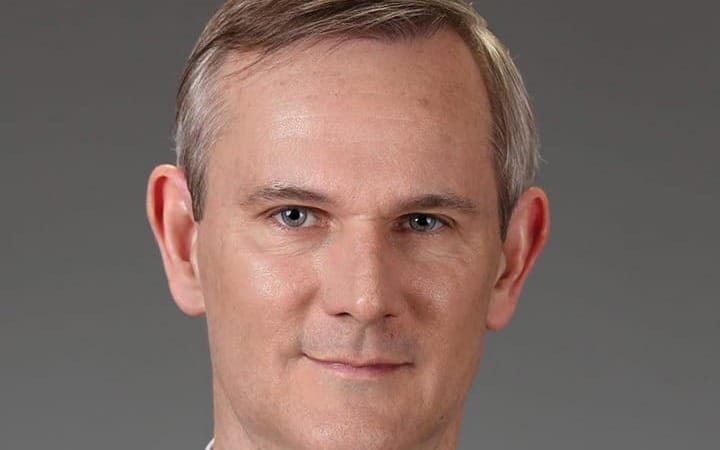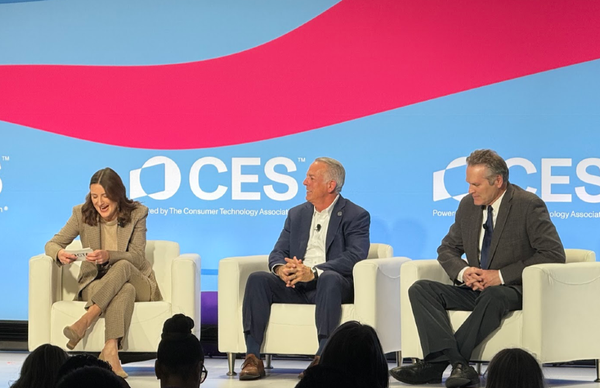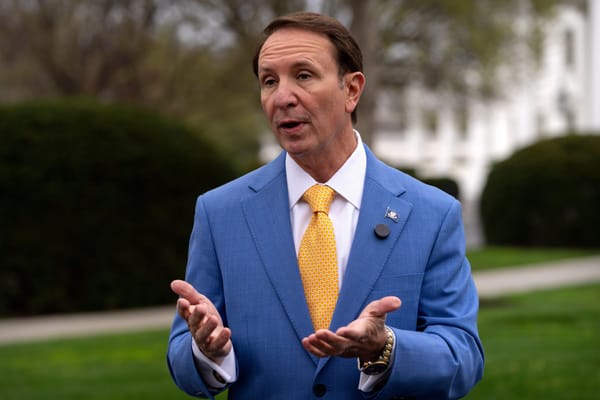Enough Talk About Pole Attachments – It’s Time for Action!
The lack of pole attachment policies could hinder or even hold-up even the best laid deployment plans.
John Windhausen

Republican or Democrat, one rare issue that can unite every American is the need to provide affordable internet connections to everyone. In today’s digital world, access to broadband internet means access to jobs, education, health care, and social opportunities.
The centerpiece of an unprecedented national effort to provide “Internet for All” is the $42 billion in Broadband Equity, Access, and Deployment program funds, to be distributed among all U.S. states and territories by the National Telecommunications and Information Administration. While this funding was passed by Congress in 2021, the Department of Commerce does not expect to approve all BEAD proposals until this fall. As a result, the build-out of broadband networks to unserved areas may not begin until 2025 – a disturbing delay for communities that remain without access in our digital world.
But this schedule could be slowed even further. When the boots hit the ground to deploy fiber optic cables, the lack of pole attachment policies could hinder or even hold-up even the best laid deployment plans.
Broadband leaders have called attention to pole attachment delays
Broadband leaders across the country have long called specific attention to delays and excessive costs regarding pole attachments as a key impediment to efficient broadband deployment. In fact, it remains such a critical issue that federal employees, industry representatives, and community leaders recently gathered for a Poles Symposium hosted last month by the Schools Health & Libraries Broadband (SHLB) Coalition. During the event, speakers across the board identified the lack of clarity around pole attachment policies as a concern that could undermine the nation’s broadband plans. Speakers discussed tangible solutions that might help mitigate utility pole disputes and delays.
The issue at the heart of these disputes rests with the current process of attaching broadband infrastructure to poles, particularly across our nation’s rural communities where it can take up to 10 or 20 poles to connect a single household, school, clinic, or library. While some pole owners are cooperative partners to internet service providers looking to attach wires, too many pole owners delay this process or demand unreasonable fees.
At our symposium, Alex Minard from NCTA – The Internet & Television Association spoke on behalf of many ISPs building out critical broadband infrastructure. He summarized the impact of pole disputes best when he noted: “If pole attachment delays go unaddressed, then broadband deployment will take longer, cost more…and we're not going to be able to use funding from BEAD in the way that we expect it to be used."
Broadband stakeholders at all levels have a role to play in facilitating the pole attachments process.
What the FCC and NTIA can do
First and foremost, the Federal Communications Commission has an opportunity to move quickly on proposals governing large projects and the use of contractors. Many broadband supporters have voiced support for swift, additional FCC action before BEAD program funding is distributed. The FCC's record on these proposals is complete and the time for action is now as BEAD funding is on the cusp of being distributed.
Additionally, the FCC can and should enact clearly defined and equitable standards for pole replacement costs. Right now, too many pole owners unfairly shift the entire cost of utility poles that need to be replaced to attachers, causing deployment prices to balloon. As West Virginia House Technology and Infrastructure Chair Daniel Linville stated during the symposium, it’s actually sometimes “cheaper and easier to build your own rocket ships and shoot them into outer space than it is to hang wires on utility poles.”
That’s why our Canadian friends adopted rules last year requiring pole owners to bear at least 50 percent of the cost of pole replacements, given that they will own and benefit financially from the new pole. There’s no reason we can’t do the same.
NTIA also has a role to play. As the agency continues to review state BEAD proposals, it can encourage grant recipients to follow existing federal pole guidelines, including the electric cooperatives and municipalities otherwise exempt from these rules. NTIA can also require states and territories receiving BEAD funding to establish working groups or task forces to address pole replacement issues and pole access disputes.
Local and state policymakers also have a significant opportunity to tackle pole attachment issues. By creating state pole replacement funds, expediting pole complaint resolution processes, and updating rules that address the aforementioned delays and cost allocation disputes, states can demonstrate leadership and guarantee that their residents won’t be among those left on the wrong side of the digital divide because of a utility pole dispute.
There’s been enough talk about pole attachment issues – it’s time for action. With billions of dollars on the line to connect unserved communities across the country, we’ll need to break down pole access barriers to truly achieve Internet for All.
John Windhausen serves as the Executive Director of the the SHLB Coalition, a nonprofit, 501(c)(3) public interest advocacy organization that strives to close the digital divide by promoting open, affordable, high-quality broadband for anchor institutions and their communities. He founded the coalition in 2009 with the support of the Bill & Melinda Gates Foundation. He spearheads SHLB’s membership growth and shapes its broadband policy recommendations. This Expert Opinion is exclusive to Broadband Breakfast.
Broadband Breakfast accepts commentary from informed observers of the broadband scene. Please send pieces to commentary@breakfast.media. The views expressed in Expert Opinion pieces do not necessarily reflect the views of Broadband Breakfast and Breakfast Media LLC.












Member discussion